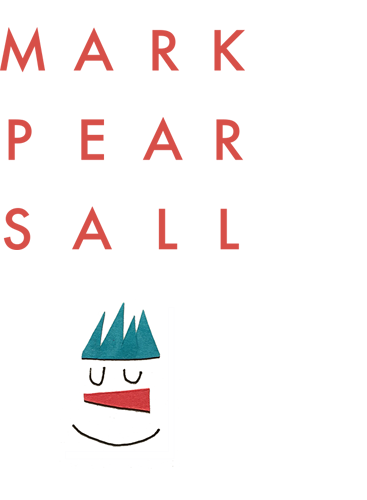Mindjet Tasks is a collaborative work management tool that worked in tandem with their flagship product Mindmanager.
Mindjet, 2012–2013
Task UI storyboard
I assisted the Lead UX Designer with the creation of the UX map and storyboard. This allowed the UX and development teams to have a full picture of the app as it was being tested and built. All aspects of the user interface and interactions are shown including sign-up, login, and also a bridge to Mindjet's other mobile app Maps. This storyboard was used by development as a roadmap to understand the screen flow and associated annotations.
Roles & Responsibilities:
Collaboration with Lead UX Designer on wireframe and annotation updates
Updates to development team during weekly meetings
Presentation of work to UX Director and Product Owner
Worked within the principles of Agile / Scrum
I worked with the UX team on different elements of sign-up experience for both web, iOS, and Android. This is the updated sign-up screen for Maps, which a user can access the brainstorming app via the Task app.
TaskS ipad optimized view
People who use the Mindjet Maps and Tasks apps use a variety of hardware. One demographic that Mindjet targets is the executive on the go, preferring tablets and moble over laptops to check-in with their teams. This created an opportunity space in the Mindjet ecosystem for a tablet specific interface and experience.
Roles & Responsibilities:
Competitive analysis and innovative tablet UI research
Synthesis of user research on mobile and desktop testing to create a tablet specific experience
Rough sketches of new features and rapid prototypes (paper and digital)
Present work in progress to Product Owner and UX team
Mobile Heuristic Evaluation, mindjet maps
Working with one of the UX leads I worked on evaluating the user experience of the mapping app for iOS and Android. This involved creating user flows from the app store download to map creation. Using a set criteria of user control, feedback, learnability, and aesthetic integrity we were able to analyze quick fixes and larger system UX design that could create the ideal experience for users. This evaluation was well received by the CEO and was used as a template for all future heuristic evaluations.














